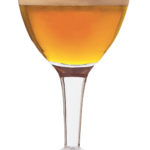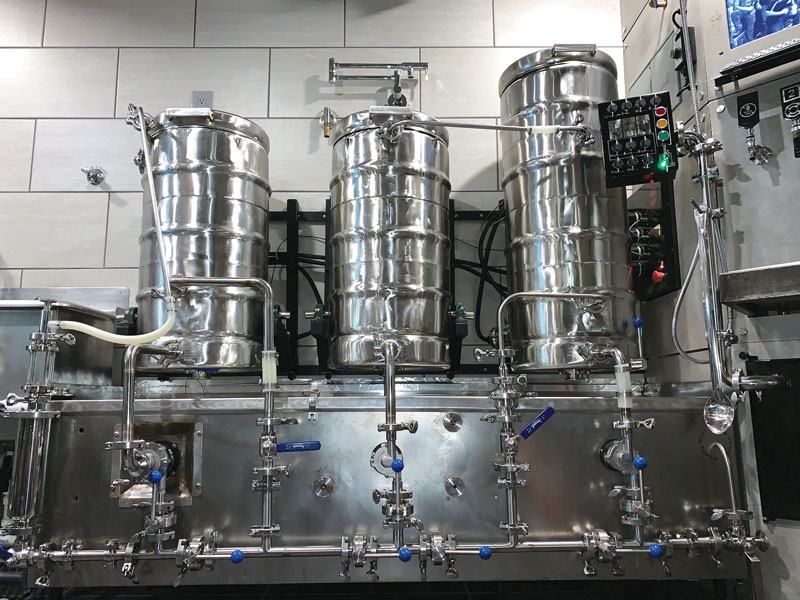Articles
Adding Herbs and Spices to your Beers
A spice is typically defined as a dried part of a plant used to flavor, color, or provide preservative properties to food (or drink). In that regard, every beer you drink is
Preventing (& Fixing) Stuck Fermentations
By understanding the causes of stuck fermentations and how to avoid them, you should never get stuck again.
Live Video Chat with Aaron Hyde (2022)
View the playback of BYO’s August 2022 Live Video Chat with Aaron Hyde here.
Make Your Beer Burn: Bring the Heat of Hot Peppers to Your Brewing
Find out how to add the heat of hot peppers to your homebrew and which styles of beer go best with the burn. Everything you need to know how to brew your own caliente.
Nitrogen and Stout Faucets
Is there a more mesmerizing sight than beer cascading through the rising bubbles of a nitrogen pour? Understand the science behind nitrogen beers and stout faucets.
Belgian Single
by the numbers OG: 1.044-1.054 FG:1.004-1.010 SRM:3-5 IBU:25-45 ABV:4.8-6.0% Trappist monasteries are rightfully known for their excellent beers. Brewed with devotion and service in mind, these beers are used to generate money
Lautering 101
If you’re an extract brewer thinking about going all-grain, one of the most important steps to understand, after mashing, is lautering. Lautering is the process by which the brewer separates the
Live Video Chat with Drew Beechum & Denny Conn (2022)
View the playback from our October 2022 Q&A with BYO’s “Techniques” columnists Drew and Denny here.
Bulk Up Your Sparge Technique
Eliminate the need to balance inflow and outflow by sparging with a batch method. It may take the same amount of time as traditional trickle-method sparging, but it requires much less maintenance.
Bock in Four Movements
Learn how to make popular and traditional bock styles including helles, maibock, weizenbock, and dopplebock.
Thanksgiving in a Mug
Thanksgiving is just around the corner and many brewers may want to brew a special holiday beer. Coincidentally, several ingredients found in typical Thanksgiving dishes can be used for making beer. Let our recipes for pumpkin old ale, cranberry zinger ale and sweet potato ESB grace your table this year.
Brewing with Smoked Malt: Tips from the Pros
Beers with smoked malts aren’t for everyone. Or, possibly, not everyone has had the right style of smoked beer? As with any ingredient, the style and amount used can result in an












